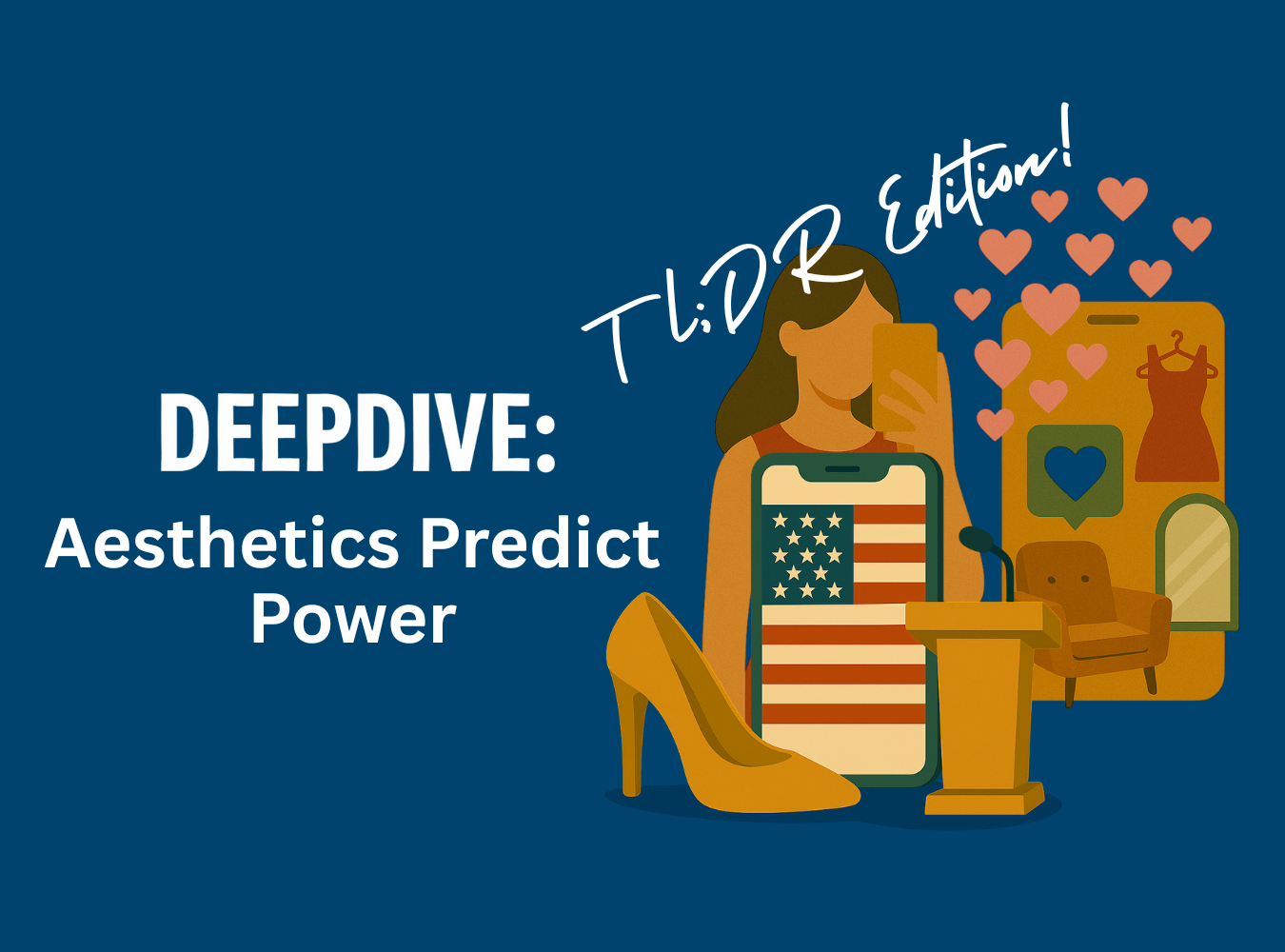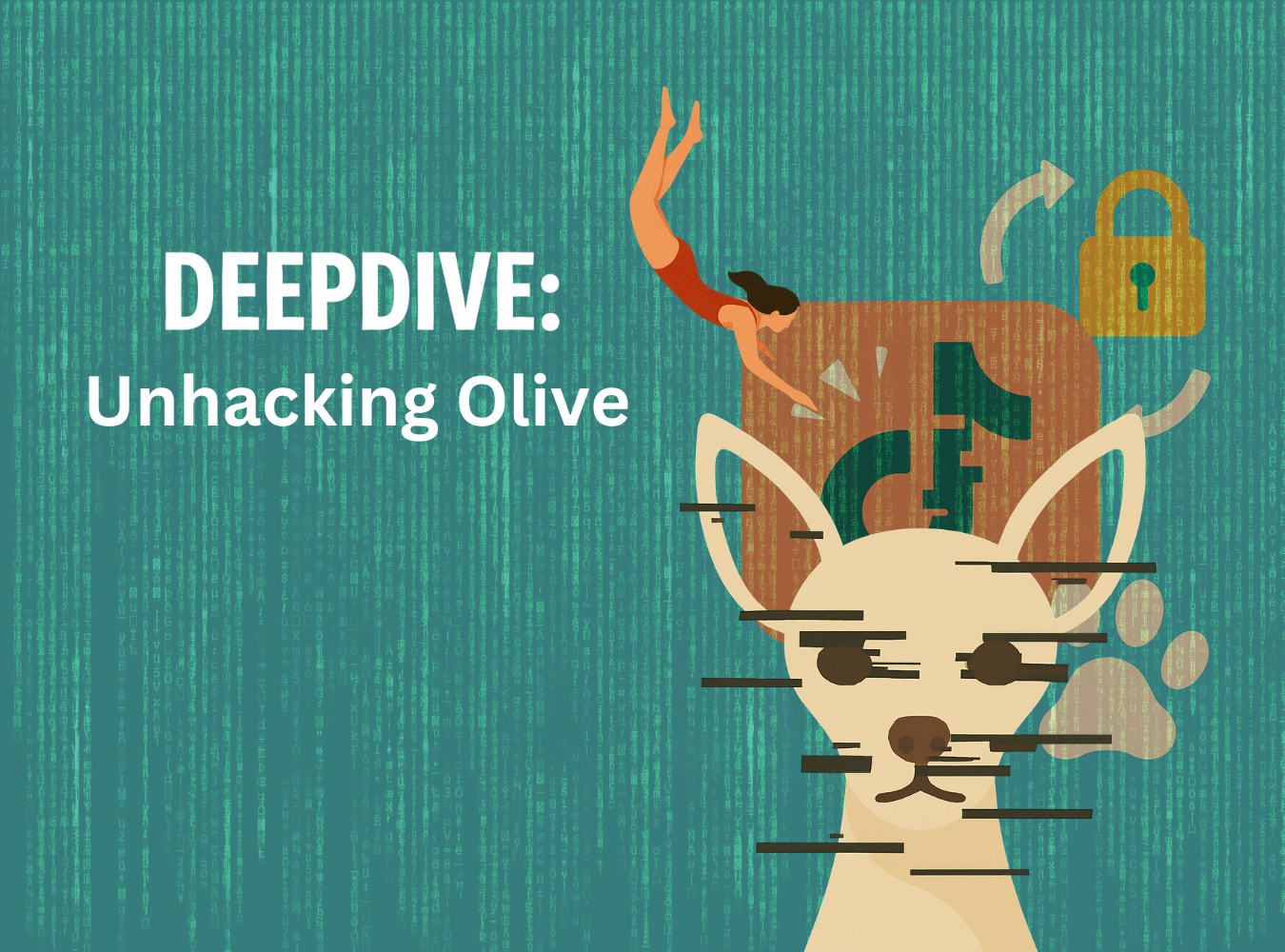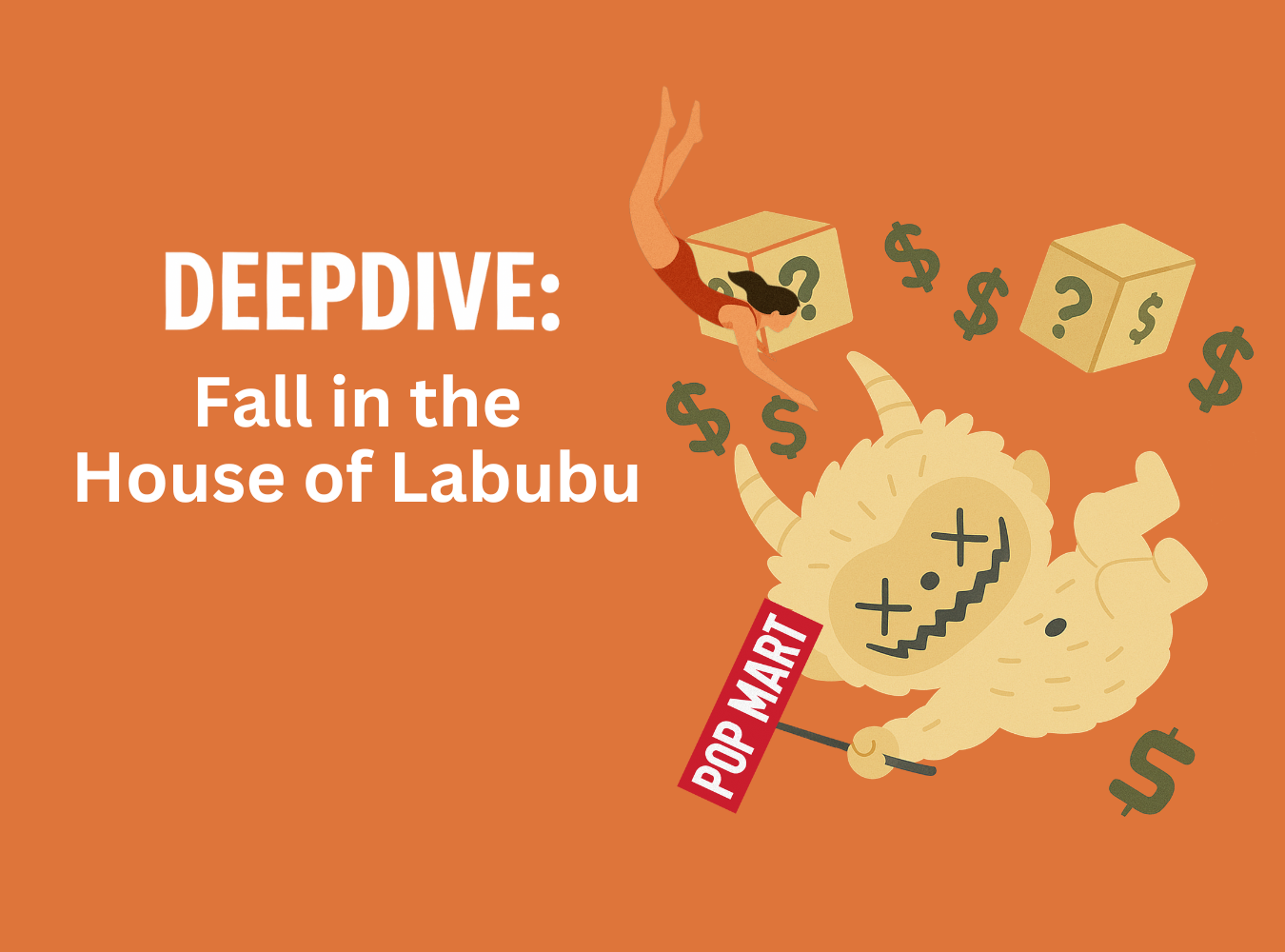Do you want to dive deeper into this topic? Check out the full article here!
How Social Media Trends Have Foreshadowed Every U.S. Presidential Win Since 2016
Over the past decade, presidential outcomes in the U.S. have been preceded—often eerily—by shifts in visual culture.
Across TikTok, Pinterest, and Instagram, style trends in fashion and home decor have mirrored the political mood, subtly preparing audiences for what’s to come. These weren’t overtly partisan shifts. However, the aesthetics that gained traction ahead of each election often reflected the values of the candidate who won: tradition or disruption, restraint or chaos, legacy or rebellion.
Take 2016: nostalgia-coded fashion, slogan tees, and merch-as-identity paved the way for Trump’s cultural appeal. In 2020, the split between Cottagecore and protest-inflected aesthetics mirrored the national divide. By 2023, hyper-feminized archetypes like Tomato Girl, Vanilla Girl, and Office Siren dominated feeds, pushing polished, visually legible femininity that aligned with a rising desire for order and control ahead of Trump’s 2024 win.
What we wear and decorate with isn’t just about taste. It’s cultural signaling. Increasingly, the platforms that shape these trends—TikTok, Pinterest, and Instagram—favor visuals that align with conservative-coded values: discipline, legacy, hierarchy, and aesthetic restraint.
Here’s the cycle in action:
A Timeline of Social Media Aesthetics vs. Presidential Outcomes (2015–2025)
| Year | Dominant Aesthetics | Political/Cultural Coding | Presidential Outcome |
| 2015 | Normcore, Athleisure | Mixed | Pre-election (end of Obama era) |
| 2016 | Chokers, Tour Merch, Logo Nostalgia, Millennial Pink | Conservative-coded dominance (heritage, merch, soft power) | Trump wins (Right) |
| 2019 | VSCO Girl, Early Cottagecore, Clean Eating Aesthetic | Conservative-coded (wholesomeness, nature, gender norms) | Pre-election (end of Trump era) |
| 2020 | Cottagecore, Clean Girl, E-Girl Alt, Protest Nails | Split – domestic nostalgia vs. visual activism | Biden wins (Left) |
| 2023 | Office Siren, Tomato Girl, Vanilla Girl, Indie Sleaze, Recession Core | Fragmented – aesthetic tribalism | Pre-election (end of Biden era) |
| 2024 | Old Money, Quiet Luxury, Nancy Meyers, Maxi Skirts | Conservative-coded dominance (modesty, legacy, wealth) | Trump wins (Right) |
| 2025 | Ralph Lauren Christmas, Wabi-Sabi, Dark Woods, Regency-core | Conservative-coded consolidation (tradition, analog living) | Post-election (Trump era) |
Even in 2025, interior trends echo this cultural lean. “Ralph Lauren Christmas” takes over Pinterest—masculine-coded tradition in tartan, dark wood, and legacy warmth. It’s the home decor counterpart to 2024’s Nancy Meyers kitchens: both fantasies of heritage, order, and permanence.
The algorithm doesn’t care about ideology. But it does care about clarity. And clarity often looks like a layered aesthetic with an asperational undertone.
For marketers, strategists, and creators, a platform’s visual mood might tell us more about the political future than any poll.
The real question isn’t “what’s trending?”
It’s: “Which came first—the aesthetic, or the ideology it helped affirm?”



